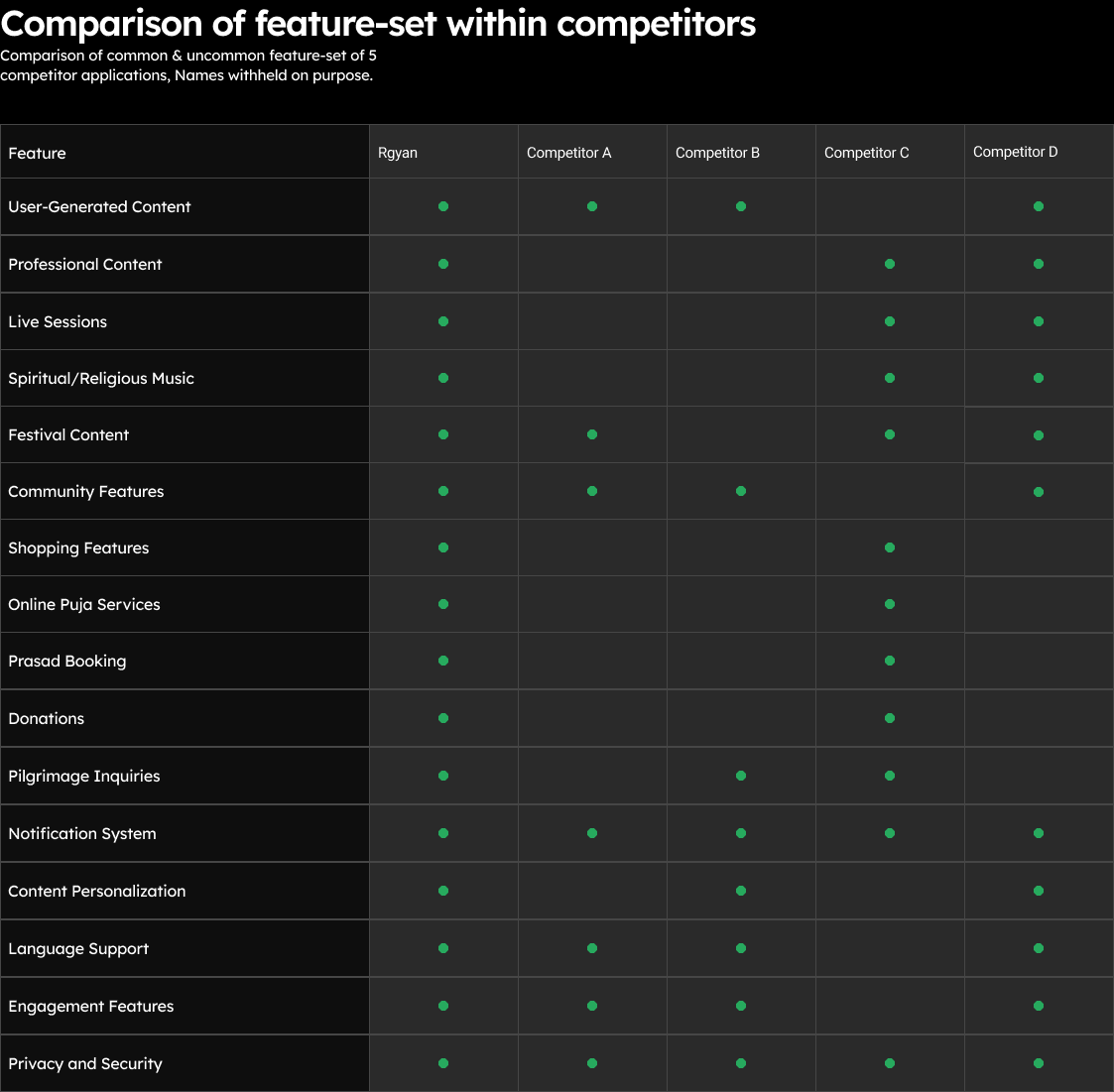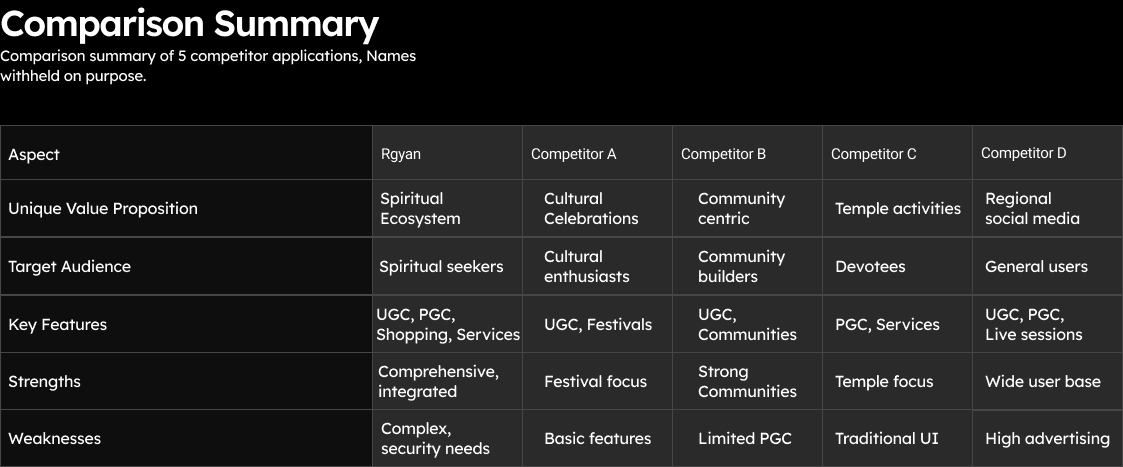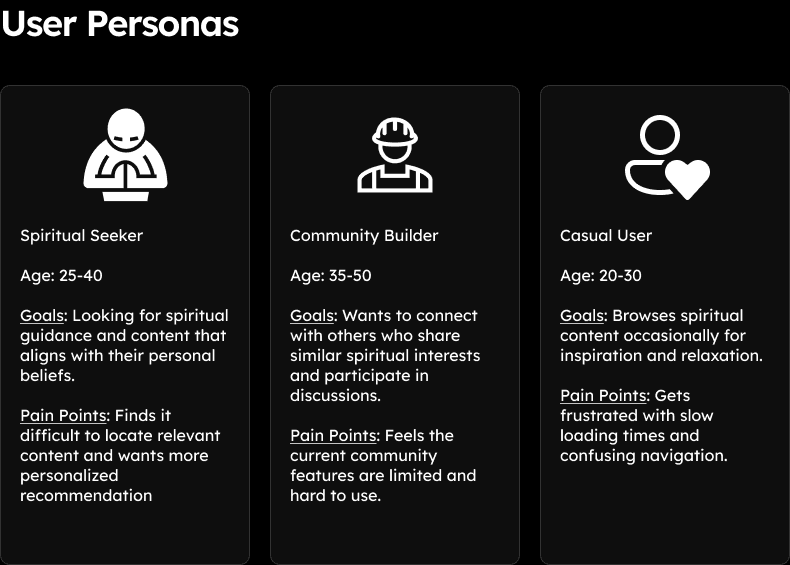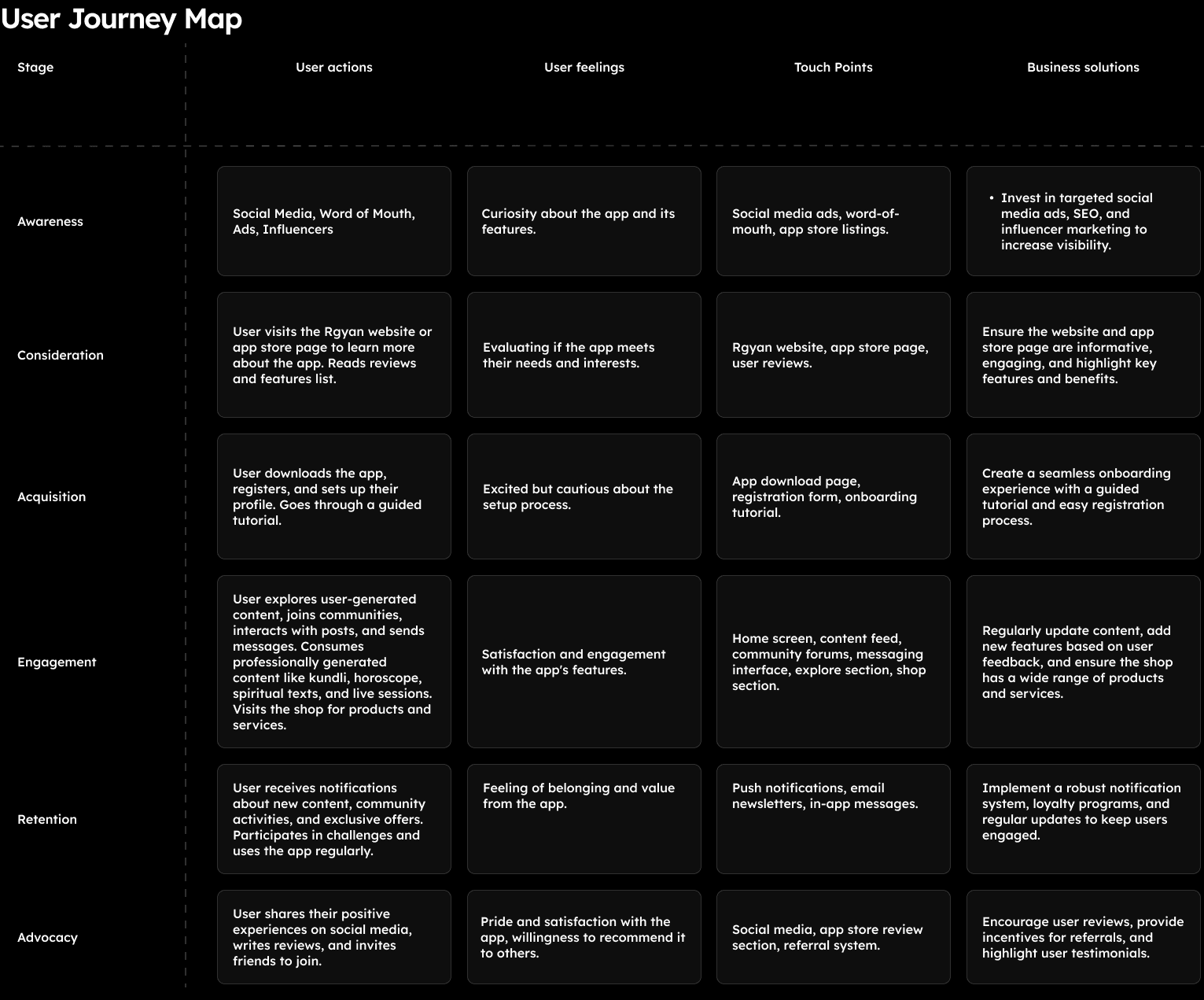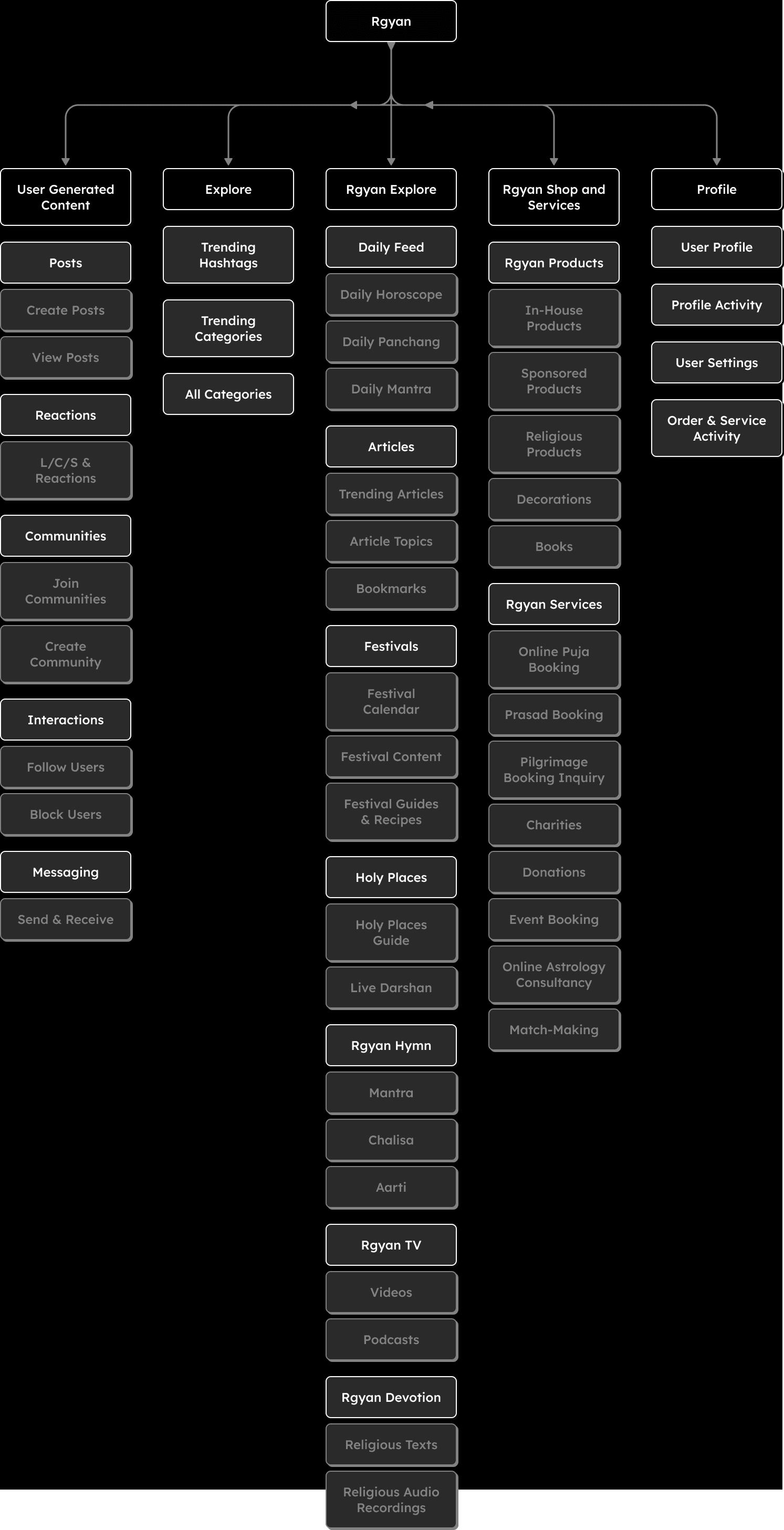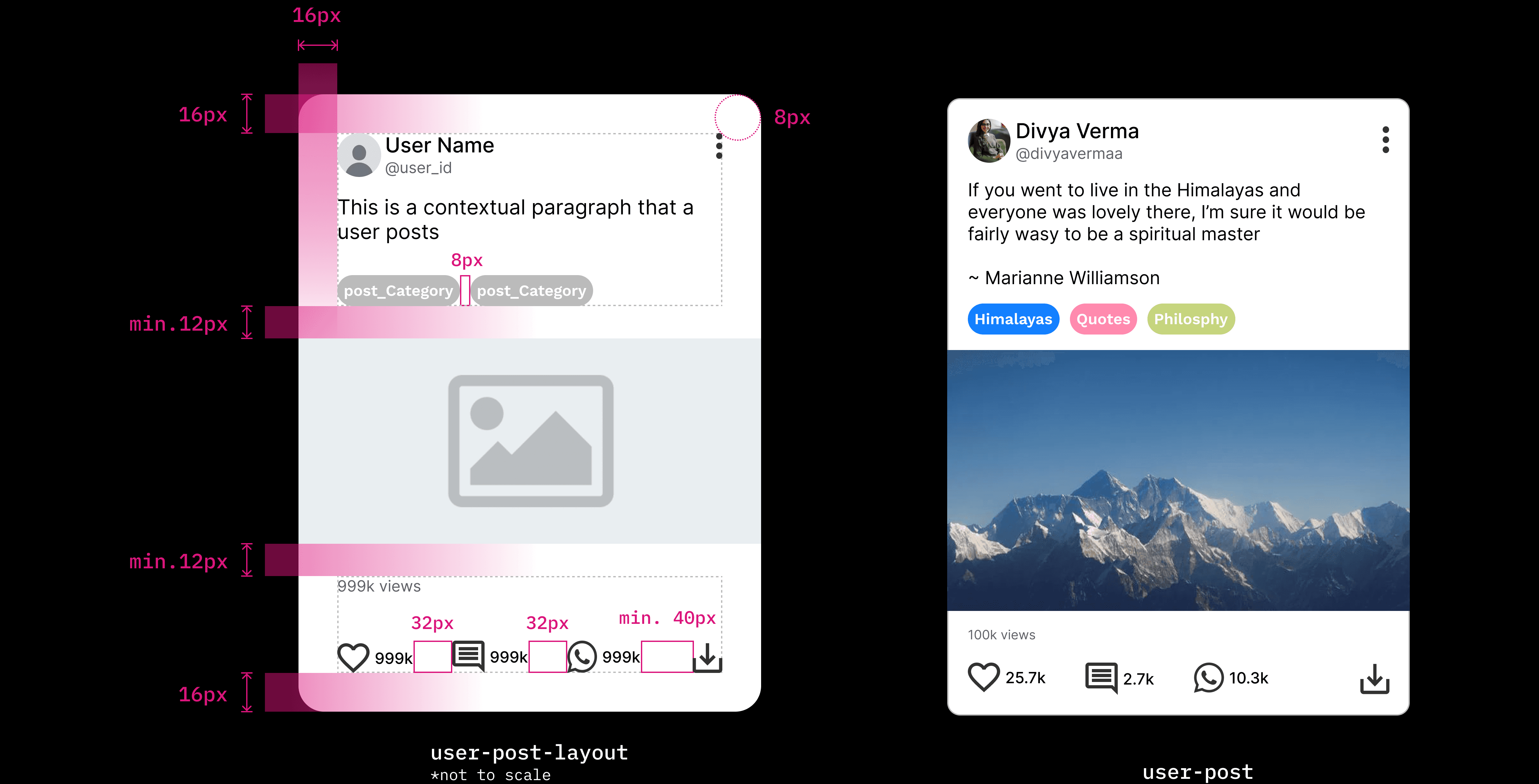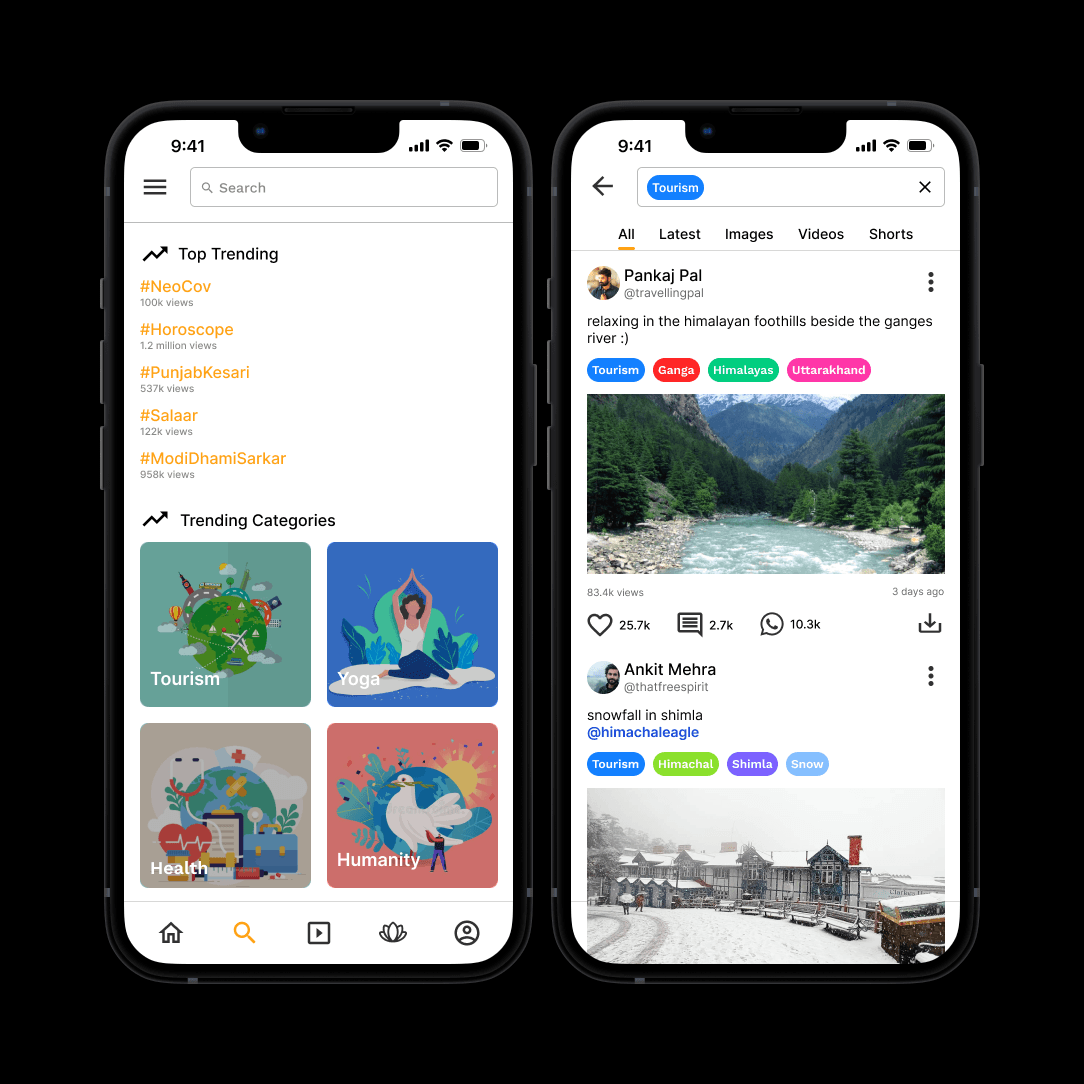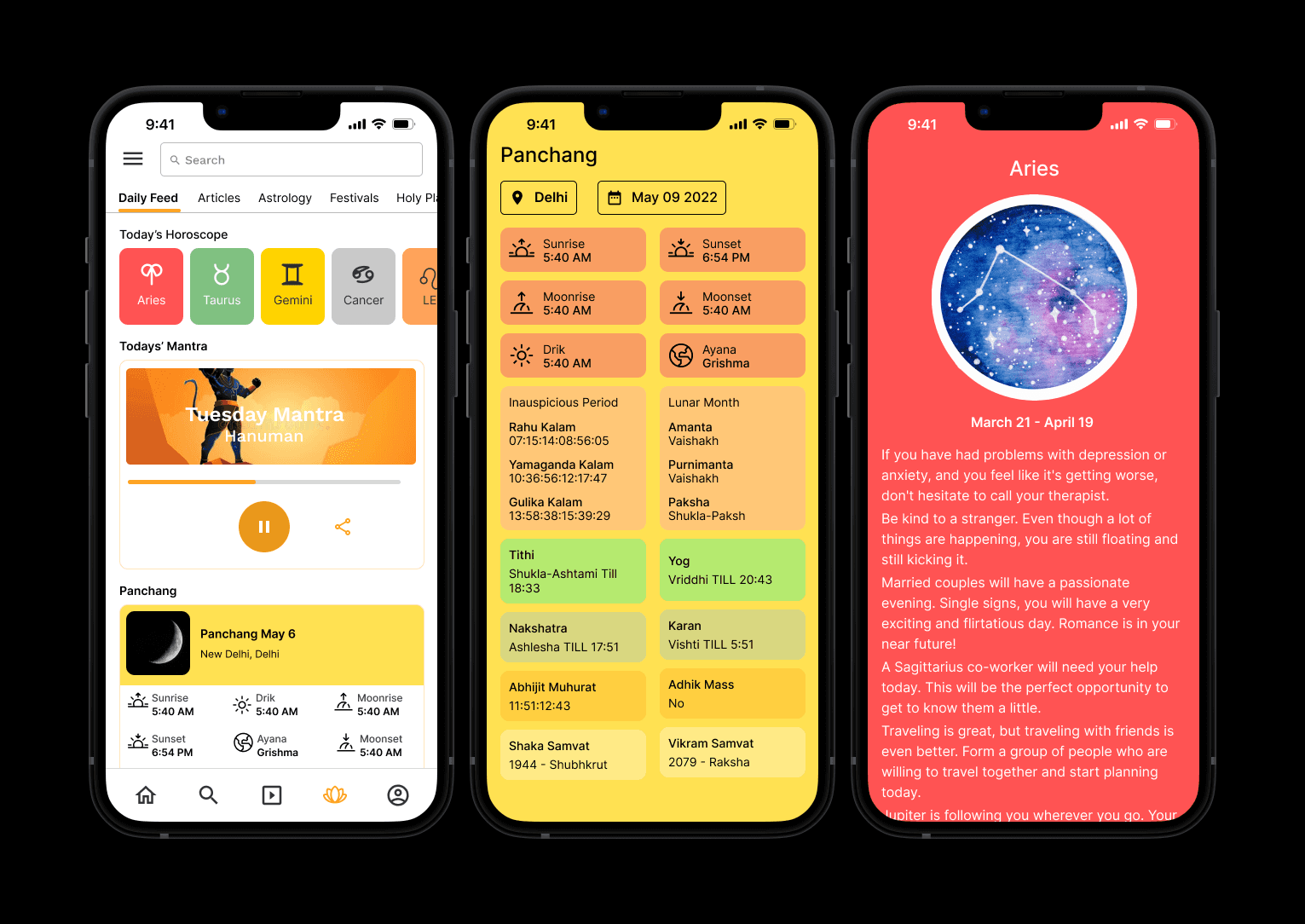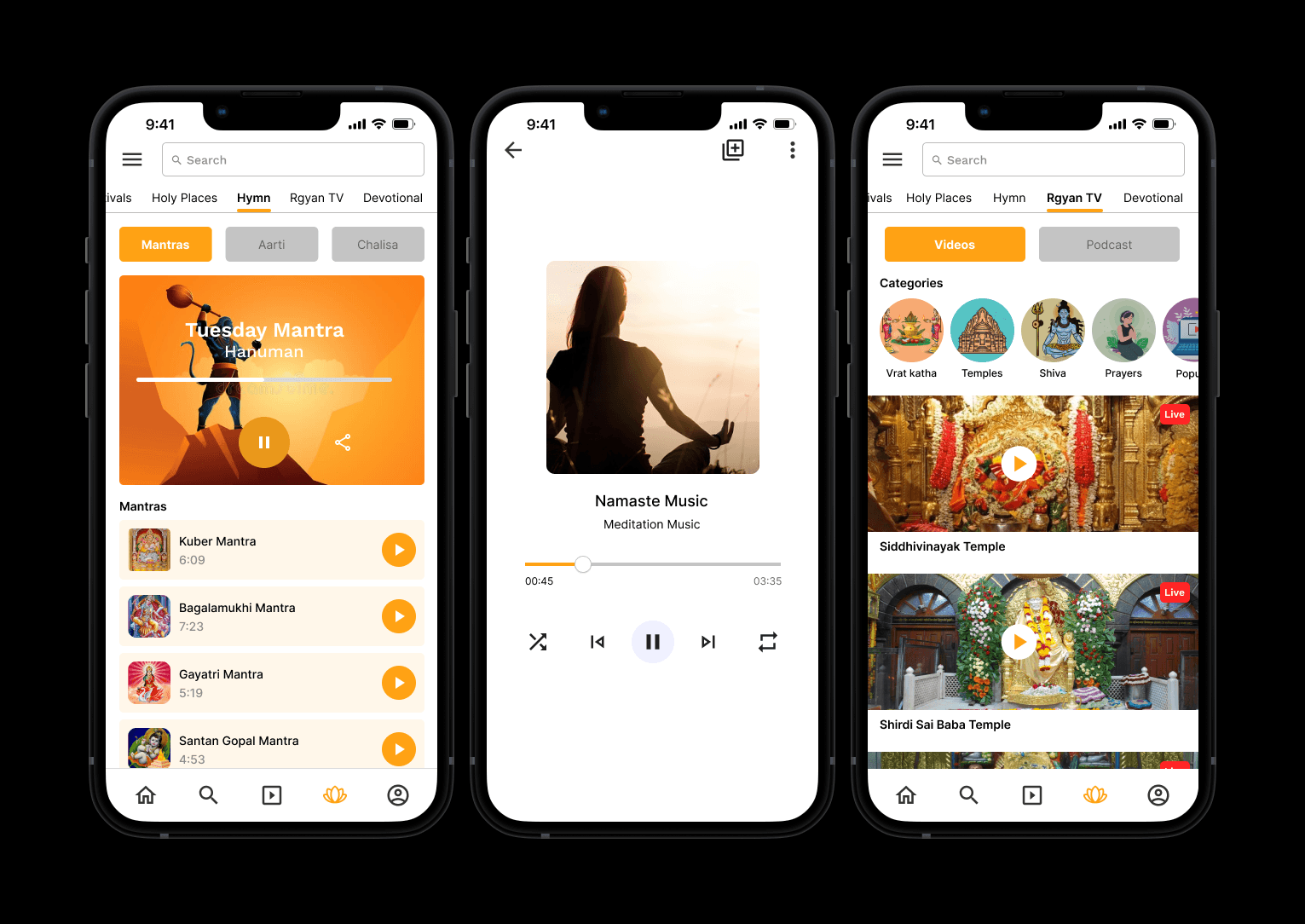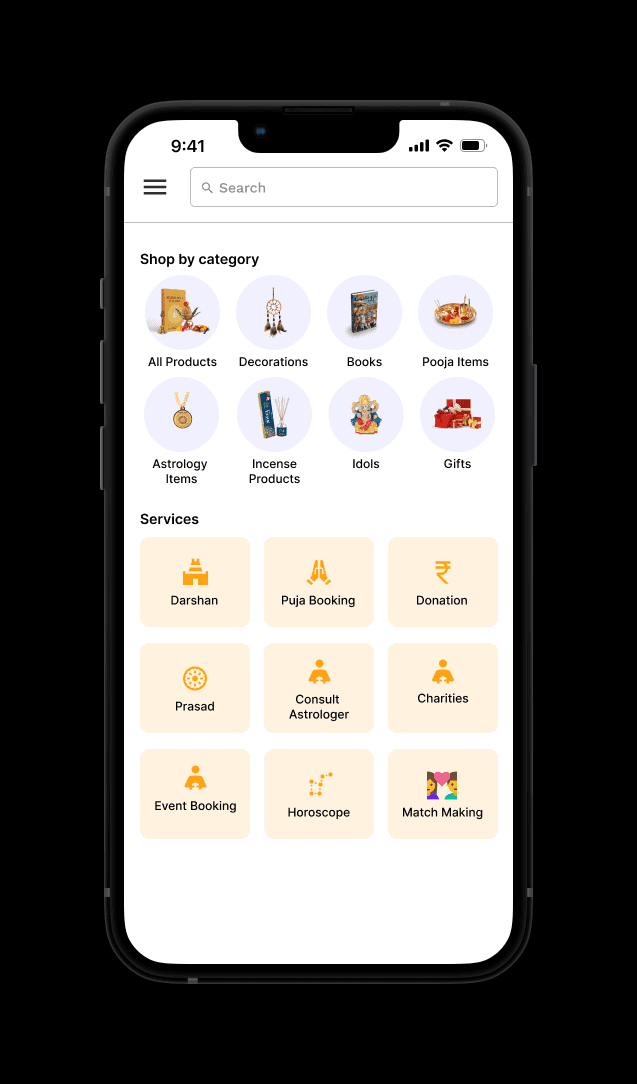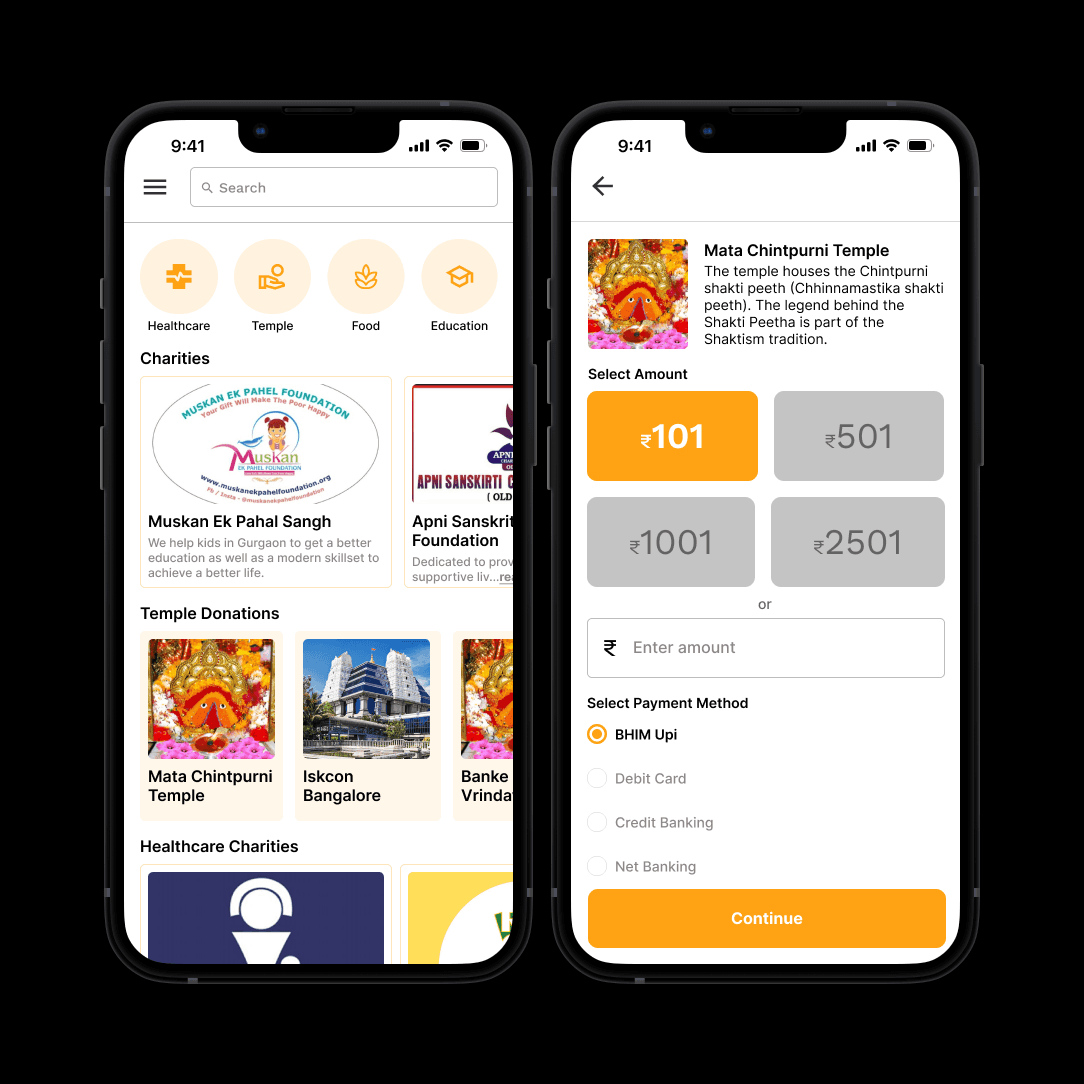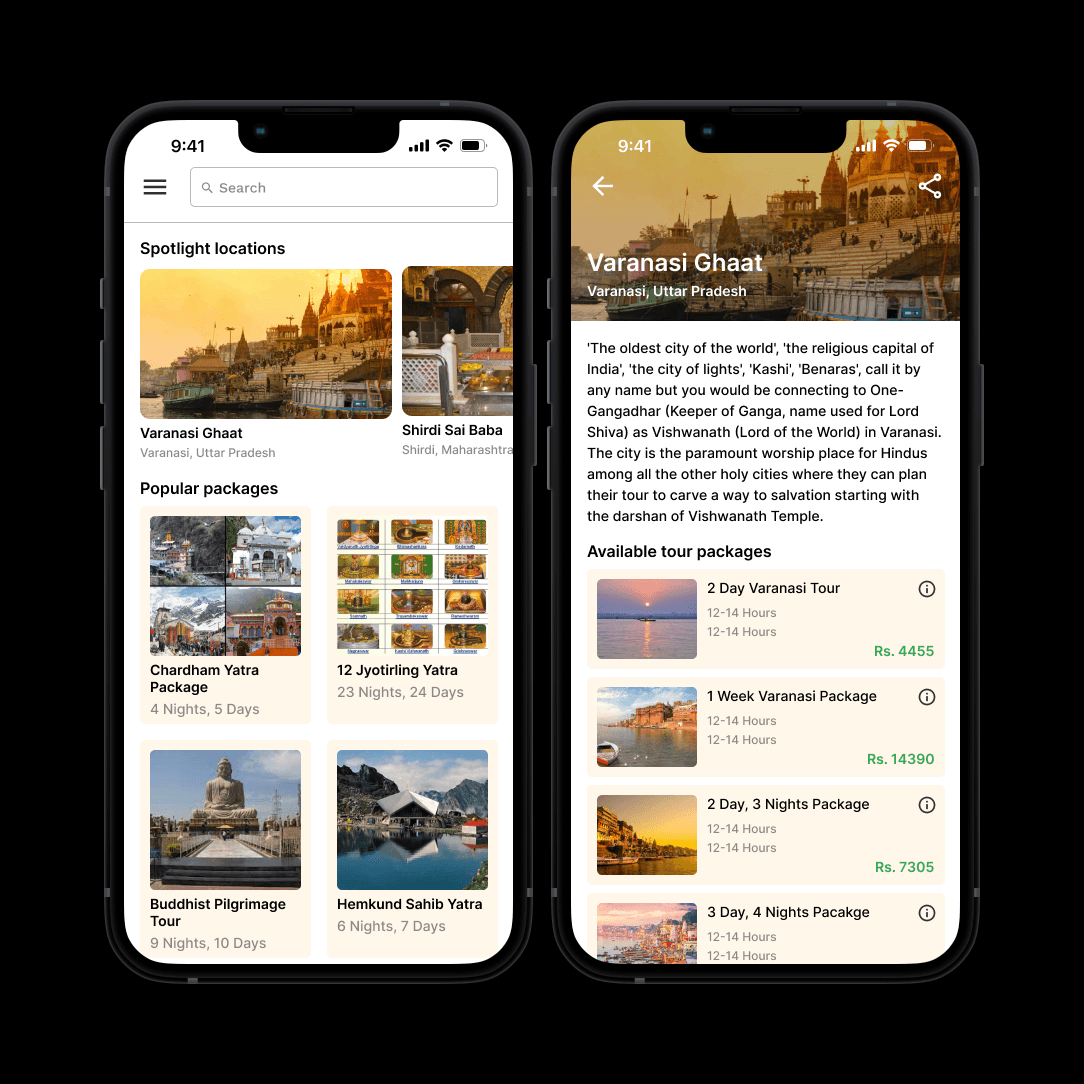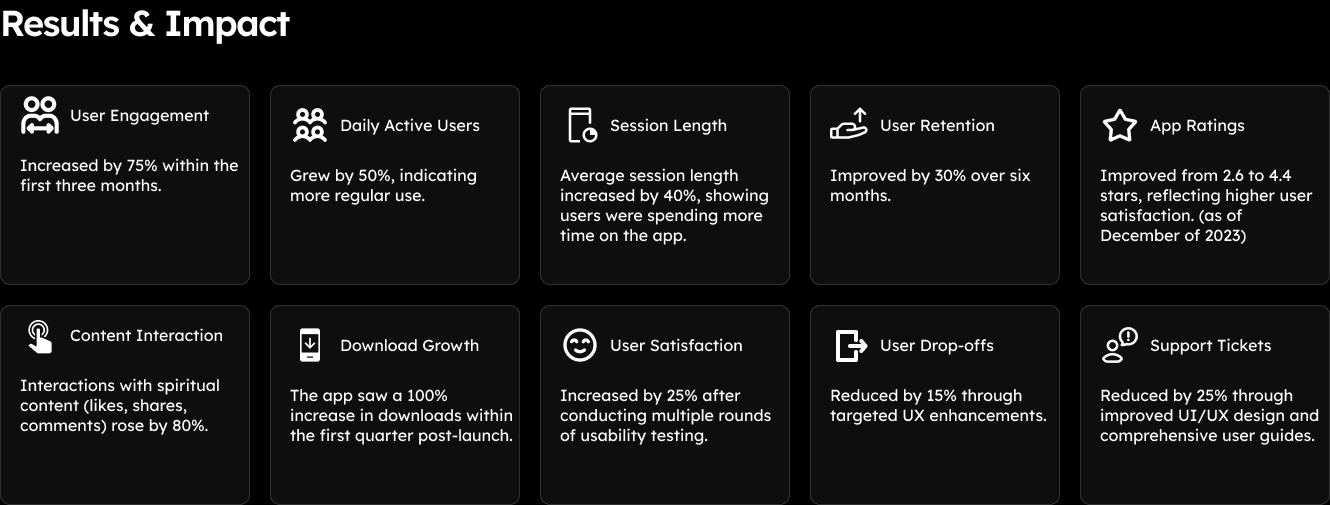Disclaimer: This document provides a concise overview of the project. To comply with the non-disclosure agreement, details have been altered and withheld. AI has been utilized for grammatical enhancements, professional presentation, and the creation of fictional data to ensure confidentiality.
Summary
Project Overview: The Rgyan application underwent a comprehensive redesign and redevelopment process, leading to a successful launch and raising over $326k in seed funding.
B. Objective: To redesign & redevelop user experience, expand functionality & features, and enhance scalability.
C. Outcome: The revamped application saw increased user engagement and secured significant investment.
Role & Responsibilities
As the solo product designer and manager for the Rgyan application, I was responsible for overseeing the entire product design lifecycle. My role encompassed a wide range of tasks, including:
User Research, Wireframing, Prototyping, Application Design, Stakeholder Meetings, Feature Design, VC Presentations, Project Management
3. Introduction
Rgyan is a spiritual social network app that aims to connect people with shared spiritual interests. The app's rich content, engaging social platform, and user-friendly interface make it a great choice for people of all spiritual backgrounds.
However, the app could be improved by addressing some of the glitches and bugs that have been reported, as well as enhancing the search functionality.
4. Problem Statement
I started looking for reviews on the Play Store. There weren’t many downloads of the app (10K+), so I only found a few relevant reviews, but I was given access to grievances shared by users through mail. I even went through some reviews of the competing new apps (with 100k+ downloads) to know their best features, attracting and retaining their users, and even the ones they missed out on.
The existing Rgyan application faced several issues:
Low User Engagement: Users were not interacting with the app’s features as expected.
High Bounce Rate: A significant percentage of users left the app after a short period.
Technical Inefficiencies: The app had slow load times and occasional crashes.
Outdated UX/UI Design: The design was not user-friendly or visually appealing, which affected user retention.






5. Project Goals and Objectives
User-Centric Design: Create an intuitive and visually appealing interface.
Enhanced Functionality: Introduce new features to increase user engagement.
C. Scalability and Performance: Upgrade the technology stack for better performance and scalability.
6. Competitive Analysis
Competitor Research: Analysis of top competitors in the spiritual and religious content space.
B. Key Findings: Identified strengths and weaknesses in competitor offerings.
C. Strategy: Differentiation through unique features and superior user experience.
7. Research and Insights
User Research: Surveys, interviews, and usability tests with existing and potential users.
Insights: Key pain points included difficulty in navigation, lack of interactive content, and slow load times.
8. Design Process
A. Wireframing: Created low-fidelity wireframes for structure and layout. Refined based on stakeholder feedback.
B. Prototyping: Developed high-fidelity interactive prototypes. Focused on smooth, intuitive interactions.
C. Visual Design: Designed UI with a focus on aesthetics, usability, and brand consistency. Developed a design system with reusable components and style guides.
D. Brand Identity: Enhanced branding to align with user values and market positioning.
E. Accessibility: Ensured the application is accessible to users with disabilities.
F. Usability Testing: Conducted usability tests with prototypes. Iteratively improved design based on feedback.
G. Final Design and Handoff: Refined the final design, ensuring all elements were polished. Created comprehensive design documentation. Collaborated closely with developers for accurate implementation.
Gradient
#DD2A12-#FFA214
RGB(221,42,18 - 255,162,20)
#FFA214
RGB(255,162,20)
#FF2525
RGB(255,37,37)
#FFE6BB
RGB(255,230,187)
#D8D8D8
RGB(216,216,216)
#C4C4C4
RGB(196,196,196
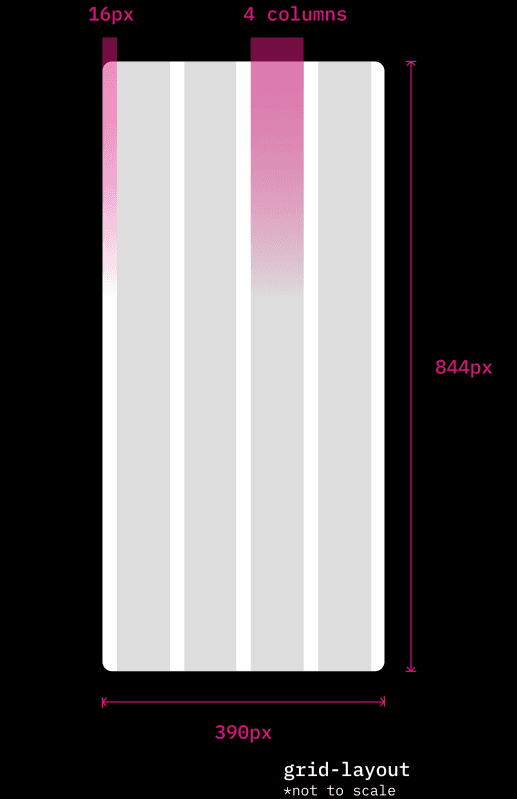
9. Final Design
10. Technical Implementation
Technology Stack: Migration to a modern stack (Flutter, Node.js) for improved performance.
APIs and Integrations: Integration with third-party services for enhanced functionality (e.g., payment gateways, social media sharing).
Scalability Solutions: Implemented microservices architecture to handle increasing user load.
Outcome: The revamped application saw increased user engagement and secured significant investment.
11. Business Constraints and Solutions
Budget Constraints: Prioritized features based on user impact and development complexity.
Market Competition: Focused on unique value propositions such as exclusive content and personalized experiences.
Time Constraints: Adopted agile development methodology to ensure timely delivery of key milestones.
12. Testing and Quality Assurance
Usability Testing: Conducted multiple rounds of usability testing to refine user experience.
Performance Testing: Ensured application performs well under various conditions.
Security Testing: Implemented robust security measures to protect user data.







13. Consistemt to Future Roadmap
Rgyan Shop: We shipped Rgyan Shop, enabling users to explore and purchase spiritual products directly within the app, enhancing their spiritual journey seamlessly.
Reactions to Posts: Adding reactions to posts allowed users to express their feelings and thoughts more precisely, fostering a deeper sense of community engagement.
Rgyan Services and Communities: We introduced Rgyan Services and Communities, providing users with access to spiritual services and communities tailored to their individual needs and interests.
Direct Messaging: Implementing direct messaging capabilities facilitated private conversations among users, promoting meaningful connections and personal interactions within the community.
14. Conclusion
The transformation of the Rgyan app was a team effort fueled by user insights, a commitment to simplicity, and the support of our investors. By listening to users and focusing on their needs, we created an app that makes spirituality more accessible and enjoyable for everyone.






